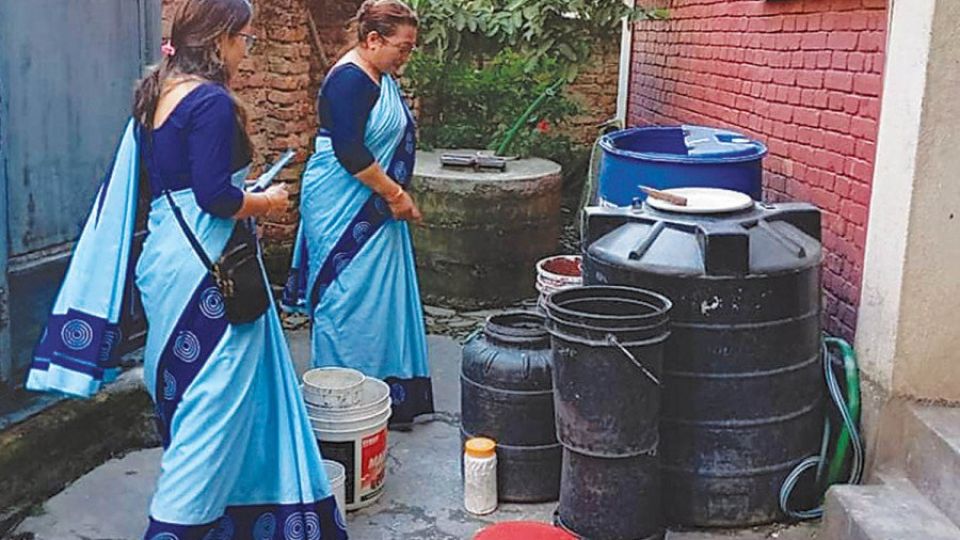March 1, 2024
KATHMANDU – Since 2016, India has witnessed Zika outbreaks every year except in 2019 and 2020.
The risk of outbreak of the deadly virus is high in Nepal too, not only because of unrestricted cross-border movements of people from the two countries, but also due to multiple risk factors, experts say.
“Dengue spreading mosquitoes—Aedes aegypti and Aedes albopictus—also transmit Zika and Chikungunya virus. This means the vectors are present throughout the country,” said Dr Sher Bahadur Pun, chief of the Clinical Research Unit at the Sukraraj Tropical and Infectious Disease Hospital.
“What is needed for the outbreak is the Zika-infected person, which could be anyone. And outbreaks of the disease in India every year and global movement of the people have also increased the risk of an outbreak in our country also.”
Zika causes microcephaly, a condition in which babies are born with underdeveloped head and brain damage. It is also linked to Guillain-Barre syndrome, a condition in which the immune system attacks the nerves causing muscle weakness and sometimes paralysis.
A risk assessment survey carried out with technical and financial support of the World Health Organisation in 2018 showed that Nepal was a high-risk country for dengue and Zika outbreaks.
Two experts deployed from the UN health agency in Nepal had inspected various localities in the Kathmandu Valley and found eggs, larvae and pupae of Aedes aegypti and albopictus mosquitoes, and warned of the risk of outbreaks.
Every year, Nepal records dozens of dengue cases throughout the country. In 2022, at least 88 persons died and more than 54,000 were infected by the virus, which had spread to all 77 districts. At the time, hospitals in Kathmandu Valley were overwhelmed with dengue patients and pharmacies had run out of paracetamol, the most widely used medicine to treat fever. In 2023 also, at least 20 people had died and over 51,000 were infected with the deadly disease.
In 2019, the disease killed at least six people and more than 16,000 were hospitalised across the country. The virus had spread to 68 districts at the time.
Officials at the Ministry of Health and Population concede that the country is at high risk of outbreaks of dengue, Chikungunya and Zika viruses, due to the presence of vectors in all districts of the country.
They, however, said that due to a lack of sufficient budget, they have been unable to carry out routine zika testing.
“We had carried out Zika surveillance in the past and had carried out testing on samples of people having dengue-like symptoms but results came negative,” said Dr Gokarna Dahal, chief of the Vector Control Section at the Epidemiology and Disease Control Section. “The resource crunch also prevents us from carrying out routine Zika testing.”
The World Health Organisation Nepal had provided financial as well as technical support to acquire the technology to carry out the testing of the said viruses at the time, according to officials.
Doctors say Zika virus symptoms match those of the dengue virus—mild fever, rashes, muscle pain, headache, red eyes and general feeling of discomfort. They say that health authorities should continue surveillance of the deadly disease, as regular outbreaks of the virus in India and global movements have increased the risk in the country.
Many people infected with the Zika virus show mild symptoms like fever, rashes and red eyes. Studies show that pregnant women and their foetuses are at high risk of Zika infection.
If a mother is infected with the Zika virus during pregnancy, it leads to congenital defects in the newborn, which is called microcephaly.
Zika virus was first identified in Uganda in 1947 in monkeys, according to the UN health agency. It was later detected in humans. Brazil saw the worst outbreak of the virus in 2015 and it has then spread to 24 other countries. The WHO had declared Zika outbreak an international health emergency in 2016.


